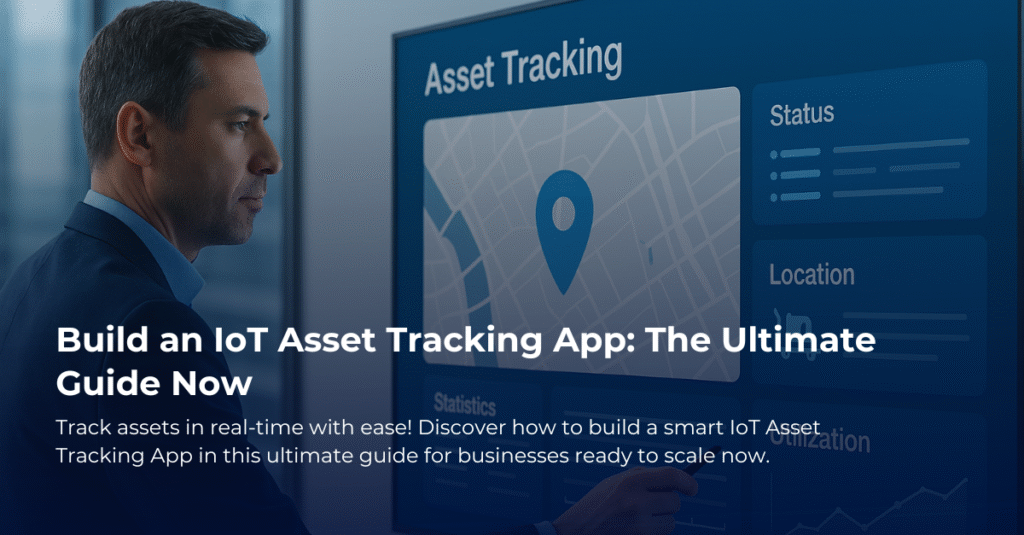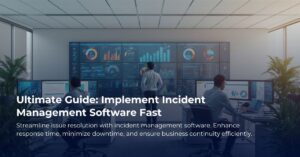Building an IoT-Based Asset Tracking App: A Friendly Guide
So, you’ve heard the term “IoT” floating around and the idea of an asset tracking app has caught your interest. Maybe you’ve pictured high-tech devices or complex systems that are difficult to understand. But what if I told you that building an IoT-based asset tracking app can be simpler and more accessible than it seems? Let’s break it down together over this virtual coffee.
Understanding IoT and Asset Tracking
First, let’s get on the same page about what IoT means. Simply put, the Internet of Things (IoT) refers to a network of physical devices that connect to the internet and share data. Think about your smartphone tracking your steps or your thermostat adjusting the temperature based on your preferences. In a business context, IoT can help track valuable assets, like equipment, vehicles, or inventory.
Asset tracking is about knowing where your stuff is at all times. Imagine a warehouse filled with thousands of items. Wouldn’t it be easier if you could see exactly where each item is located without having to search for it? An IoT-based asset tracking app can do just that, giving you real-time visibility into your resources.
How Does It Work?
Now, you might be wondering how this all works. At its core, an IoT asset tracking app consists of three main components:
- Devices: These are the physical tags or sensors attached to the assets you want to track. They collect data about location and condition.
- Communication: The data gathered by the devices needs a way to communicate. This can be done through Wi-Fi, cellular networks, Bluetooth, or more specialized protocols.
- The App: Finally, the heart of the system is the application where all this data is processed and presented. This is how you interact with your assets, view their locations, and get alerts if something goes awry.
Busting a Common Misconception
Many people think that implementing an IoT solution requires a massive budget or a dedicated team of technical experts. While it’s true that these projects can scale up, there are also cost-effective ways to start small. Think of it as building blocks: you don’t have to build a skyscraper right away. You can start with just a few key assets and expand as you see the benefits.
Steps to Build Your Asset Tracking App
Ready to dive into the process? Here are the steps you’ll want to consider:
- Define Your Needs: What do you want to track? Be clear about the assets you plan to monitor and the data you wish to collect.
- Select the Right Devices: Based on your requirements, decide on devices that suit your needs. Options include GPS trackers, RFID tags, or even QR codes.
- Choose a Communication Method: Consider how your devices will transmit data. For example, if your assets are located in remote areas, cellular networks might be better than Wi-Fi.
- Develop the App: Work with a development team or a reliable software partner to build the app. Make sure it’s user-friendly and meets your needs.
- Test and Iterate: Before fully launching, do a pilot run with a small group of assets. Gather feedback and make improvements based on real-world usage.
Real-World Example
Let’s look at a quick example. A construction company might want to keep track of its tools and equipment across multiple job sites. By equipping tools with GPS trackers, they can immediately see where each item is at any time. If a tool goes missing, the app can help locate it, saving time and money. This kind of visibility enhances efficiency and reduces losses.
Final Thoughts
While the technology behind IoT might feel intimidating, building an asset tracking app is very doable. Start with a clear purpose and the right partners, and you’ll be well on your way to transforming how you manage your assets. Remember, it’s all about making your life easier and your business more efficient. If you have more questions or need guidance, don’t hesitate to ask – I’m here to help!







